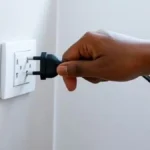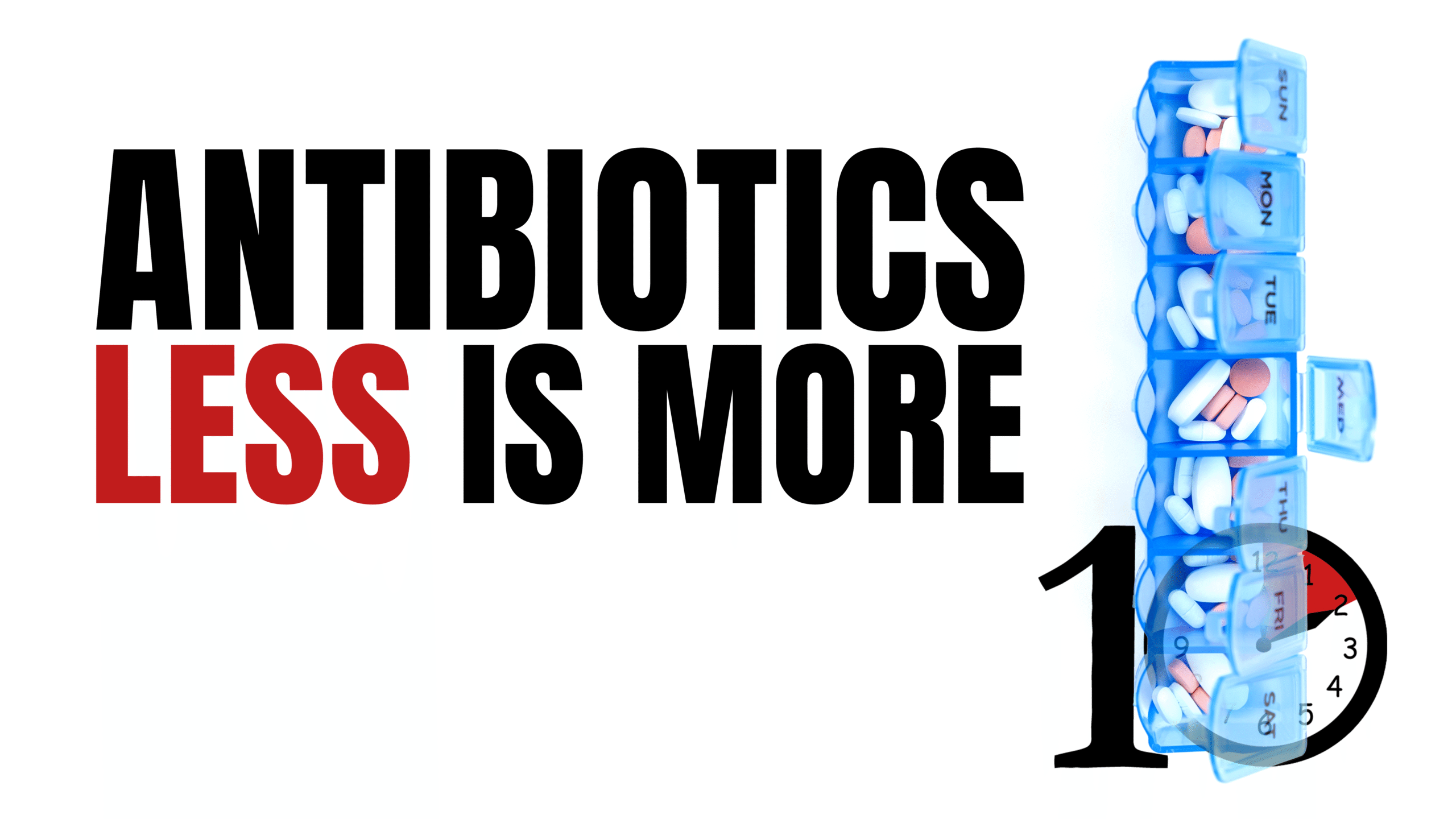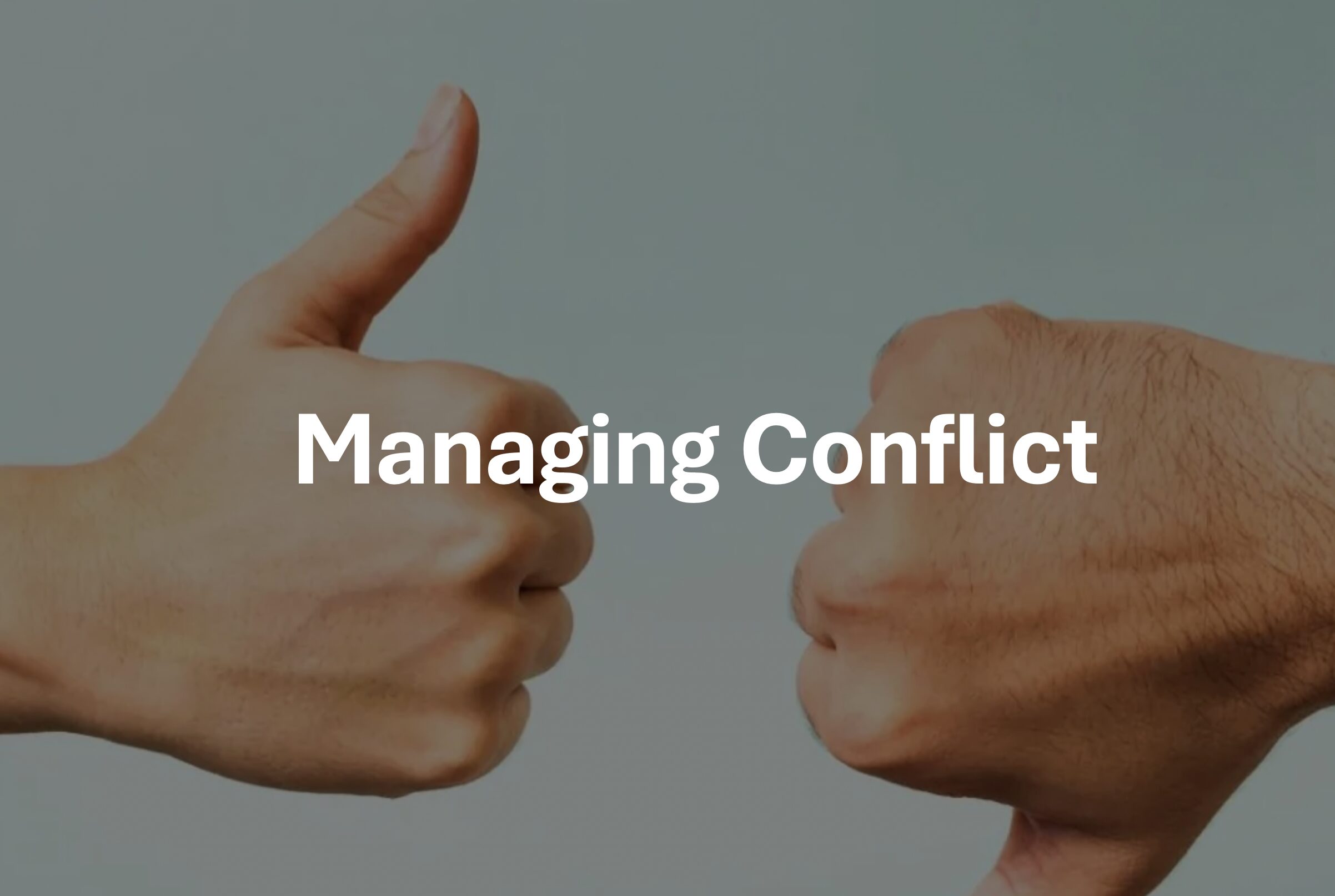Choosing the right Automated External Defibrillator (AED) for your workplace is more than just a procurement decision it’s a critical safety imperative. In the U.S. each year, sudden cardiac arrests strike in a variety of settings: roughly 236,400 at home , 57,050 in public places, 36,050 in nursing homes, and 10,000 on the job. With those 10,000 workplace events alone, having an AED on hand can make all the difference prompt use can boost survival rates from about 7% up to 61%.
But with so many models on the market, how do you move beyond the spec sheets to find the device that truly fits your operational needs? This guide provides a clear framework for EH&S directors, operations managers, and procurement teams to compare the features that matter most in a business environment. We will look past the basics to evaluate the five critical factors that determine an AED program’s effectiveness: durability, maintenance, ease of use, CPR quality, and connectivity.
Durability and IP ratings the toughness test
Not all workplaces are the same. An AED in a climate controlled corporate office faces very different environmental challenges than one in a dusty manufacturing plant, a humid aquatic center, or a vehicle on a construction site. This is where Ingress Protection (IP) ratings become a critical decision factor. An IP rating indicates how well a device’s casing protects its internal electronics from dust and water.
A higher IP rating signifies greater durability. For example, the HeartSine Samaritan PAD series boasts an IP56 rating, making it highly resistant to dust and powerful water jets. The Philips HeartStart FRx is another rugged option built to withstand rough handling and harsh conditions. When evaluating devices, consider your specific work environment. For challenging settings, a higher IP rating is not just a feature, it is a requirement for ensuring the device will function when needed most. To learn more about this, you can read our guide on understanding IP ratings for AED durability in harsh environments.
Battery life and maintenance the readiness factor
An AED is useless if its battery is dead or its pads have expired. The most significant hidden cost and biggest point of failure in any AED program is the ongoing maintenance of these consumables. When comparing models, look closely at the standby life of the battery and the shelf life of the electrode pads. Some devices offer batteries that last up to five years, significantly reducing the long term workplace AED total cost of ownership.
Modern AEDs perform regular, automated self tests to check battery status and system functionality. However, tracking these tests and consumable expiration dates across multiple devices and locations can become a major administrative burden. This is why a comprehensive management program is essential. The AED Leader Total Solution automates readiness tracking through a central web portal, sending alerts for expiring consumables and failed self tests. This ensures every device meets all AED service requirements and is ready to perform, minimizing liability and freeing up your team’s resources.
User interface and ease of use the human element
In a cardiac emergency, the person using the AED will likely be a coworker with minimal medical training, acting under extreme stress. The usability of the device is paramount. Manufacturers have developed different approaches to guide rescuers, and the best choice depends on your specific workforce and environment.
Some devices, like the Defibtech Lifeline VIEW, feature a full color video screen that provides visual instructions for pad placement and CPR. Others rely on calm, clear voice prompts and simple visual icons. The Physio-Control LIFEPAK CR2, for instance, uses layered graphics and adjusts its instructions and volume automatically to the background noise level. When assessing user friendliness of different AED models, consider whether your environment is noisy or chaotic and whether your team would benefit more from visual or audio guidance. The goal is to choose a device that instills confidence and minimizes hesitation.
CPR feedback technology the effectiveness engine
An AED’s primary function is to deliver a shock, but the quality of cardiopulmonary resuscitation (CPR) performed before and after that shock is just as crucial for survival. Many modern AEDs now include CPR feedback technology to coach the rescuer, but the level of support varies significantly.
Basic systems may only provide a metronome to guide the pace of compressions. More advanced devices, such as the ZOLL AED 3 and ZOLL AED Plus, provide real time feedback on both the rate and depth of compressions. The device will literally tell the rescuer to “push harder” or “good compressions” based on integrated sensors. This coaching dramatically improves CPR quality, which directly impacts the chance of a positive outcome. Any organization serious about maximizing rescue effectiveness can see which AED models we consider the best for CPR.
Connectivity and future proofing the smart choice
The latest generation of AEDs incorporates wireless connectivity, a feature that is transforming program management. WiFi enabled devices can automatically connect to your network and report the results of their self tests to a central management portal. This means your EH&S director can see the readiness status of every AED in your organization from a single dashboard, without requiring manual inspections at each location.
This technology, found in models like the Physio-Control LIFEPAK CR2 and ZOLL AED 3, provides an unparalleled level of assurance and operational efficiency. It virtually eliminates the possibility of human error in readiness checks and streamlines compliance reporting, especially for businesses with multiple sites. Choosing one of the best WiFi AED models is a forward thinking investment in the long term health and safety of your organization.
Making your choice a workplace AED decision matrix
Selecting the ideal AED requires matching these features to your unique environment. As a provider of all six FDA approved manufacturers, we can offer unbiased guidance tailored to your needs.
For industrial settings like manufacturing plants, construction sites, or distribution hubs, durability is key. Prioritize devices with high IP ratings, such as the HeartSine Samaritan PAD 450P or the Philips HeartStart FRx, which are built to withstand dust, water, and rough handling.
For corporate offices, schools, or hotels, the focus should be on ease of use and advanced user support. Models with exceptional CPR feedback technology like the ZOLL AED 3 or devices with clear, intuitive interfaces like the Physio-Control LIFEPAK CR2 are excellent choices. They empower any bystander to become a confident rescuer.
For organizations managing devices across multiple locations, connectivity is a game changer. WiFi enabled models are the most efficient option. When you select the best AED program for a multi-site operation, the ability to monitor every device remotely saves significant time and ensures consistent compliance. By comparing the best AED brands through this framework, you can make a decision that aligns with both your safety goals and your operational realities.
More than a device it’s a program
The right AED is a vital piece of equipment, but it is only one component of a successful workplace emergency response program. True preparedness comes from integrating the technology with ongoing management, medical oversight, and training. This comprehensive approach is the core of a sound AED program a business needs.
At AED Leader, we partner with you to build a turnkey program that covers every detail, from initial device selection and placement to automated readiness tracking with our AED Total Solution. We ensure your program is not only equipped but always ready and compliant, giving you and your employees complete peace of mind.
Frequently asked questions
Q: Do we really need an AED if we are a small office?
A: Yes. Sudden cardiac arrest can happen to anyone, anywhere, at any time, regardless of company size or industry. In fact, onsite AEDs can reduce the time to first shock from an average of 11 minutes (waiting for EMS) to just 4.1 minutes, drastically improving survival odds. An AED is a fundamental part of workplace safety for any size business.
Q: What is the biggest mistake companies make when buying an AED?
A: The most common mistake is treating it as a one time purchase. Many organizations buy a device and put it on a wall, forgetting about it until an emergency happens or an inspector asks for maintenance records. They fail to account for ongoing consumable management and readiness checks. An effective AED program requires active management to ensure the device is always ready to perform.
Q: How do we manage multiple AEDs across different locations?
A: This is a significant challenge for multi site operations and where a managed solution is invaluable. AED Leader’s AED Total Solution uses a web based portal and mobile app to centralize management. WiFi enabled AEDs can report their status automatically, and you receive alerts for any issues or upcoming expiration dates. This streamlines compliance and ensures every location is equally prepared.
Q: Are recertified AEDs a good option for businesses on a budget?
A: Absolutely. Recertified AEDs are a cost effective way to implement a life saving program without sacrificing quality. Our recertified devices undergo a rigorous, multi point inspection and are backed by a full three year warranty, offering the same reliability as a new unit at a significant saving. They are an excellent choice for expanding your program’s coverage on a limited budget.
Q: What happens after an AED is used at our facility?
A: Our post event service is a critical part of our program management. We will immediately send a loaner device to ensure you remain protected. We then coordinate the download of the event data from the used AED, which is reviewed by a physician to provide medical oversight. We also assist with restocking the necessary pads and batteries, ensuring your original device is back in service as quickly as possible.










